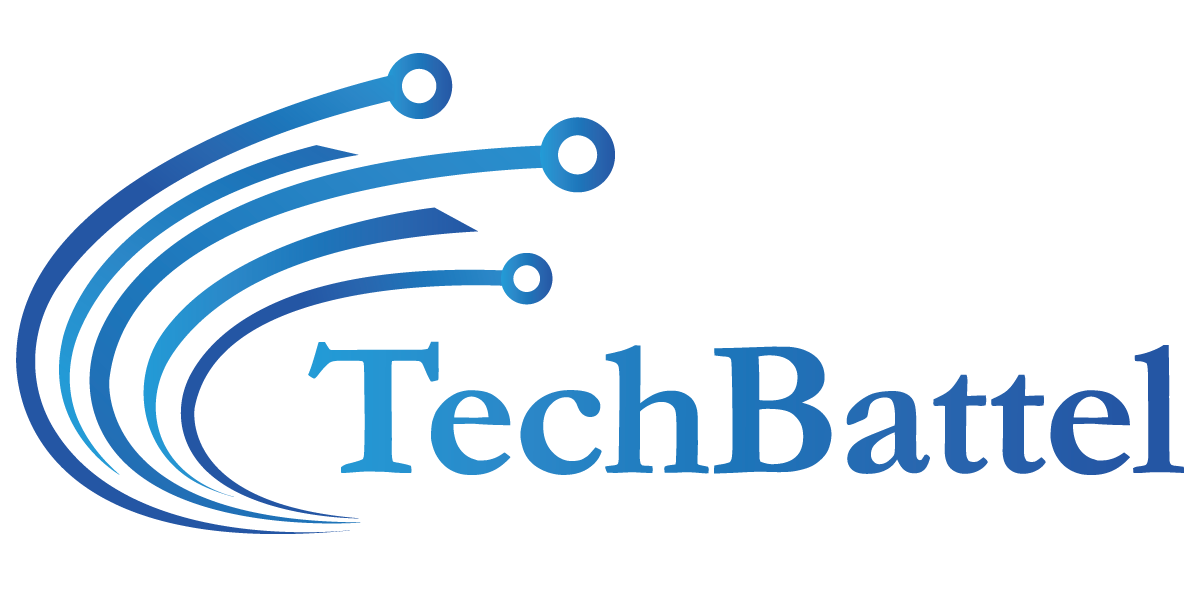GNSS and RTK are two types of receivers used for positioning systems, and this article will provide a better understanding of their similarities and differences. GNSS is an acronym for Global Navigation Satellite System, and it uses a carrier-based ranging approach rather than code-based positioning. Likewise, RTK is an acronym for Real-Time Kinematic Positioning and uses a code-based approach for positioning.
GNSS vs RTK
RTK and GNSS technology can be used for a wide range of applications. From autopilots to precision farming to robotic guidance, a precise navigation system can help your machine follow a defined trajectory.
RTK is a positioning technology that uses two receivers to measure the time it takes a signal from a satellite to travel from a fixed reference station. The receivers combine these measurements with information from a known reference station to produce a position fix. It allows for improved accuracy, though it does require additional hardware.
Generally, an RTK receiver is more expensive than a standard GNSS receiver. However, it can offer centimeter-level accuracy. It also works 24 hours a day and is not affected by the weather. A good RTK radio can operate in a range of 430-470 MHz.
Another benefit of RTK is the rover’s ability to transmit correction data to the base station. These corrections improve the positional accuracy of the rover.
Unlike GPS, which relies on a single, stationary satellite, RTK uses a base station. Typically, a rover will connect to a base station at the site of the surveyor. Once the rover receives the correction data, it can process it and produce a positional fix.
RTK can increase the accuracy of positional data by several meters. While it is not the most accurate method, it can eliminate most of the errors in the standard GNSS system.
GNSS receiver accuracy
GNSS receiver accuracy is important in many applications, including surveying, geology, archaeology, robotics, and engineering. To accurately measure a site, a receiver must connect to satellites in challenging environments. These conditions include areas with limited visibility or high levels of environmental stress.
The accuracy of a GNSS receiver is often affected by antenna strength and connectivity changes. Changes in the satellite signal reception can affect the calculation of the Drift. Therefore, a receiver must be able to recalculate the position and Drift.
The Faculty of Geodesy developed a special testing platform to evaluate the accuracy of GNSS receivers. This platform is capable of performing RTK positioning tests.
The u-Blox ZED-F9P GNSS receiver was used in the tests. It is a low-cost dual-frequency four-system receiver that receives BeiDou and Galileo signals. With this technology, it is possible to achieve signal tracking of all GNSS systems.
Low-cost GNSS receivers can provide accurate results when used in challenging settings. The u-Blox ZED-F9P is compatible with all GNSS systems and has a flexible power supply.
Low-cost dual-frequency receivers can be used in diverse fields. Although they are not used in standard geodetic measurements, they can be useful for monitoring the dynamic behaviour of structures and inertial sensors.
GNSS receiver cost
GPS has become a subject of research for its positioning accuracy. This technology is used in various industries, including transportation, agriculture, and robotics. The technology can provide centimetre-level accuracy.
Several studies have been performed on the accuracy of low-cost GNSS receivers. These devices use small modules that can receive and process raw streams from GPS satellites. Moreover, these receivers can operate in real-time kinematic mode.
Low-cost GNSS devices allow for precise positioning for autonomous vehicle applications. They are also suitable for diverse field conditions. However, their accuracy may not be reliable in all situations. Hence, they are not ideal for accurately monitoring buildings and structures.
The use of low-cost receivers can increase the availability of RTK services. Despite their lower accuracy, these receivers can help reduce the cost of acquiring satellite-based correction services.
Whether or not a particular receiver can utilize satellite-based correction services is determined by the frequency, frequency bandwidth, and radio channel utilized by the satellite. Nevertheless, the receiver must be designed to take advantage of these correction services.
Satellite-based correction services are ideal for mapping work in large geographic areas. They are also more effective than storing and maintaining their RTK base stations.
GNSS receiver uses carrier-based ranging rather than code-based positioning
A GNSS receiver is a device that can be used for positioning in the air. It uses carrier-based ranging to determine the range of a signal. This technique is more precise than code-based positioning because it calculates the range of a signal by the number of carrier cycles.
When a smartphone is used for GNSS positioning, it must mitigate common errors, such as multipath. To do so, the receiver must be able to measure the duty cycle and its effect on the GNSS measurement. The duty-cycle effect has a major impact on the accuracy of carrier-phase measurements.
Typically, a smartphone’s GNSS antenna is not specialized for navigation signals. As a result, the signal is prone to multipath. Fortunately, some smartphones can mitigate these errors.
One way to overcome these errors is using a smartphone with L5 DGNSS correction. In this case, the smartphone can take advantage of the SBAS message, which allows it to generate an ionospheric correction based on the pierce point.
However, this technique can be very time-consuming and cannot provide a cm-level position accuracy. Additionally, it is impossible to obtain continuous carrier-phase measurements with this technology. You may check https://bench-mark.ca/rtk-gps-gnss-receiver/ to get the best one for you.

